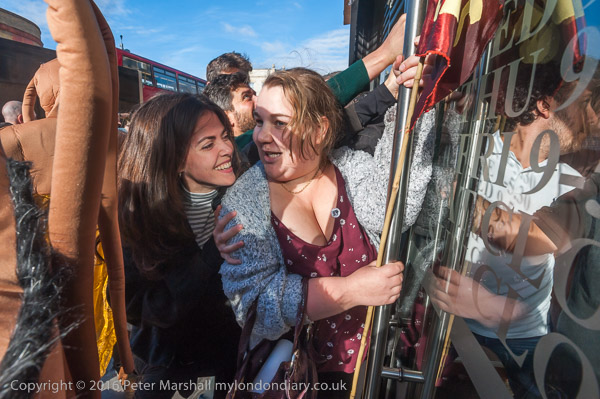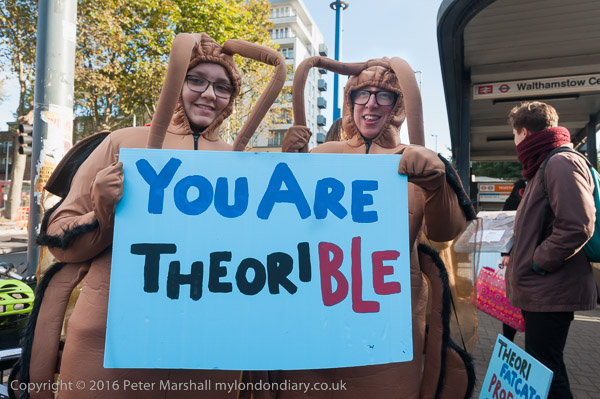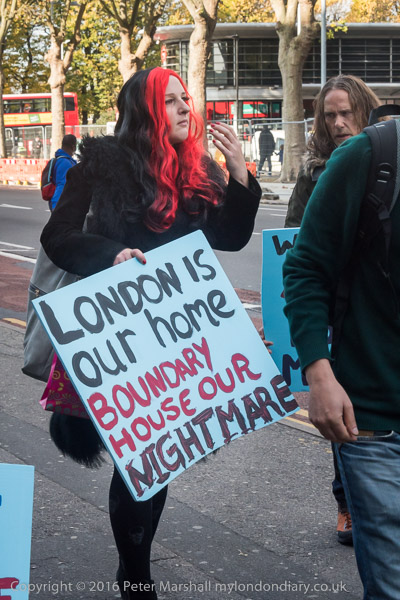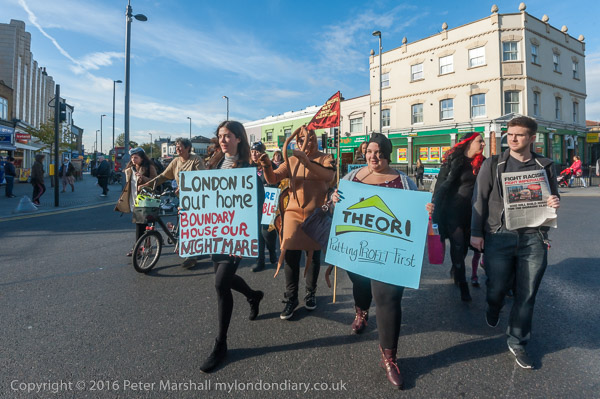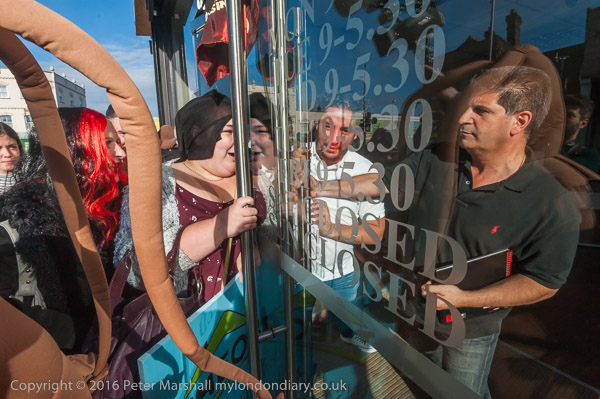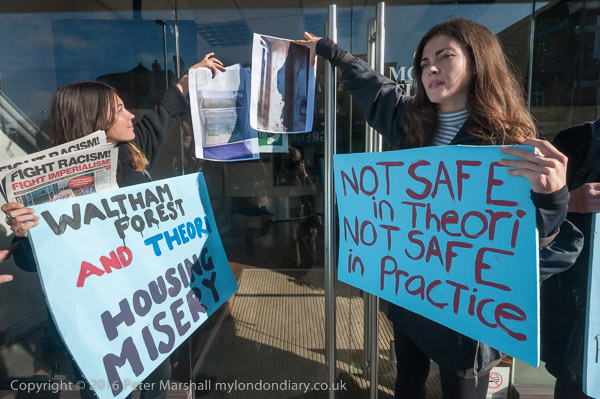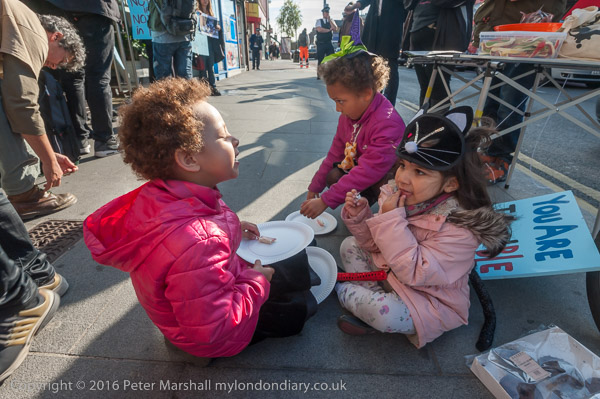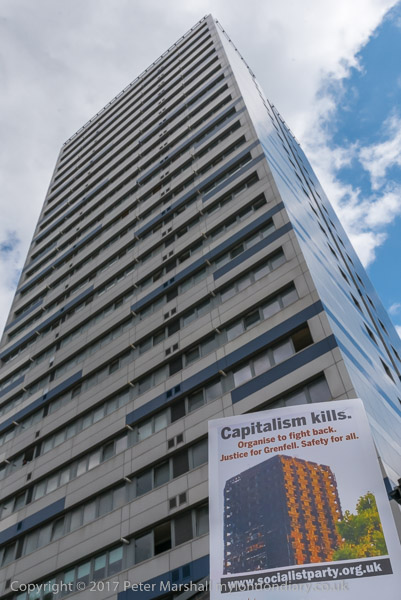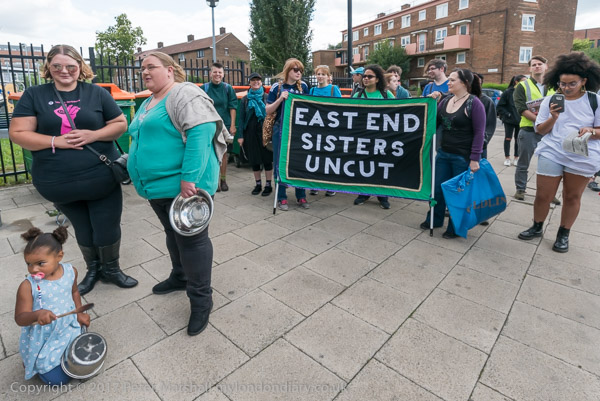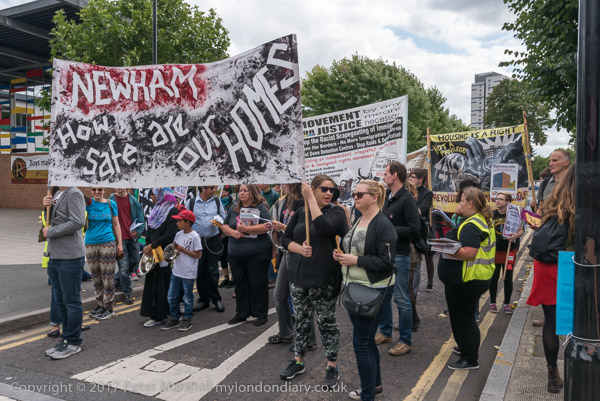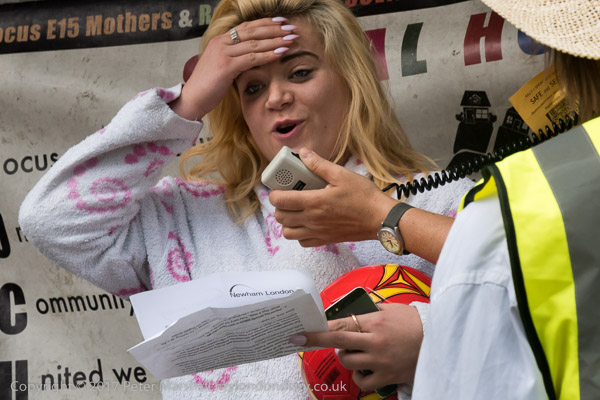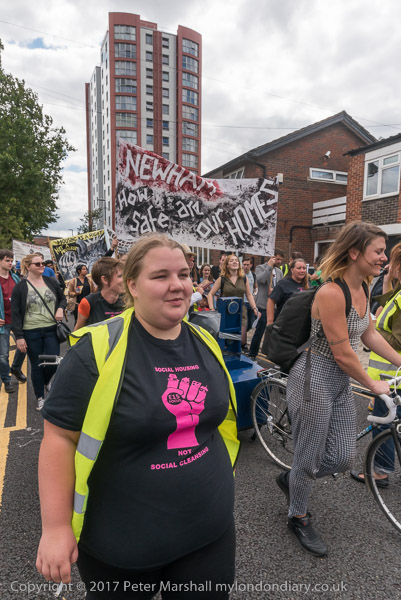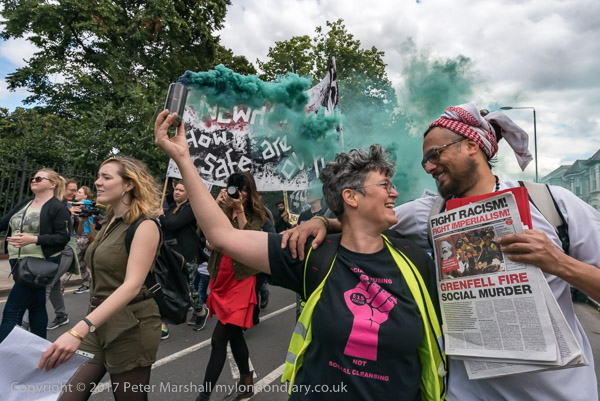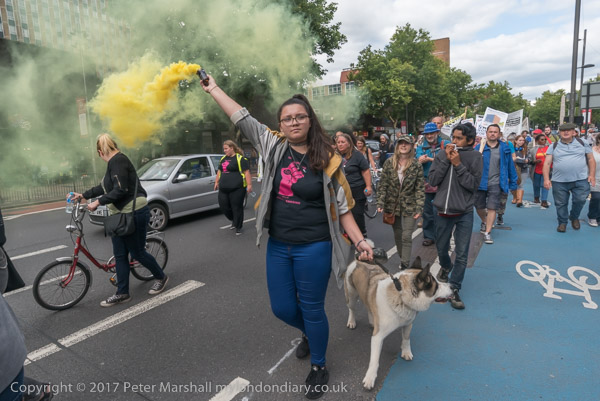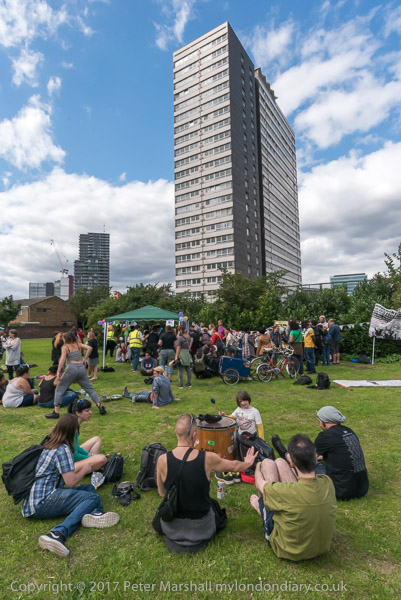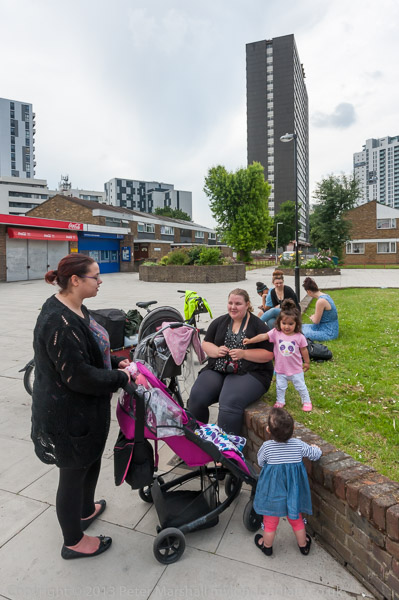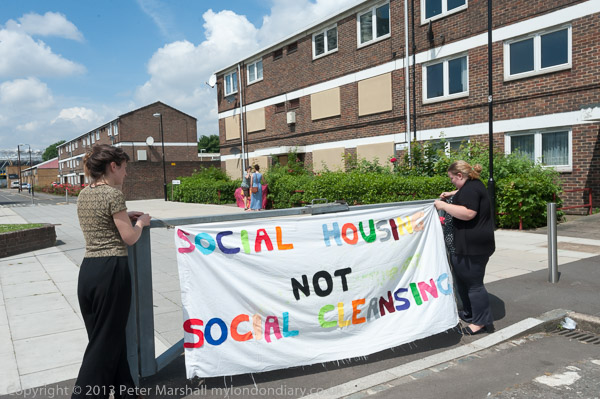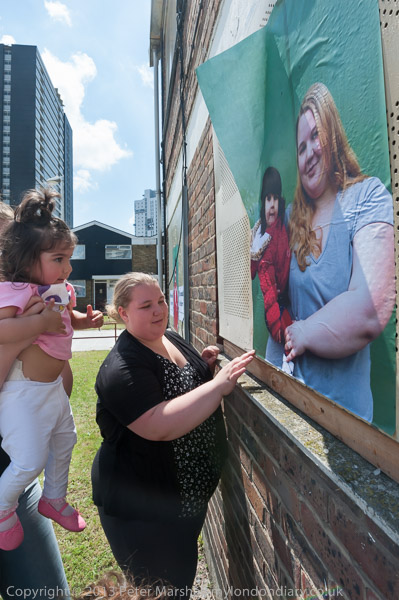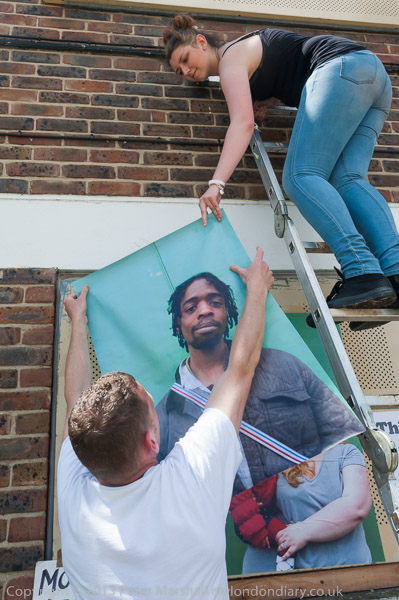Housing Crisis & the Carpenters Estate: Like many other areas, the 1945 Labour government laid the foundations of a sensible policy on housing which has now been lost. Among other things the 1947 Town and Country Planning Act brought in the need for planning permission and included a charge on developers which was assessed as the difference between the cost of the undeveloped land and its value after it had been developed. It gave local authorities the power to use compulsory purchase and either develop land themselves or lease it for private developers, and provided government grants to authorities for major redevelopment.
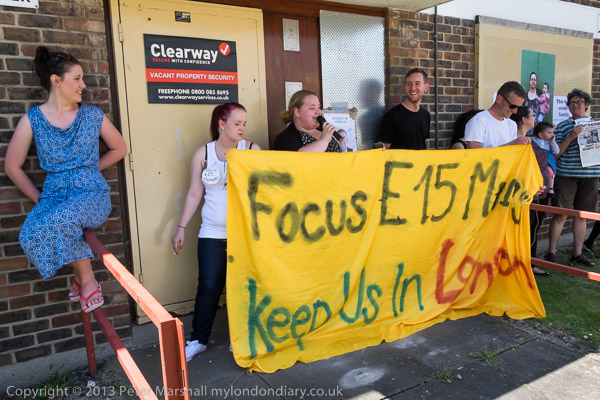
Times were hard after the war, and there were shortages of material with so much needing to be done. Even so around 600,000 new council homes were built in the first five years, and built to high standards. One of the election-winning pledges made by the Conservatives for the 1951 election was that they would build 300,000 houses a year – something they managed under Housing Minister Harold Macmillan in 1953, including both private and council houses, but it was achieved in part by reducing the standards of properties.
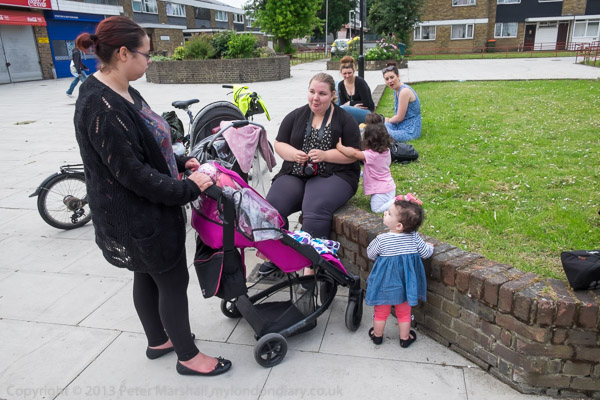
The Tories made other changes, including removing the development charge and limiting government subsidies, which in 1956 became limited to the building of high rise flats. While Labour had seen council housing as a way to provide good quality housing affordably to all, the Conservatives increasing limited its scope to providing only for the least well off, with private development and private leasing providing good profits for building firms and private landlords at the expense of house buyers and tenants of private rented properties.
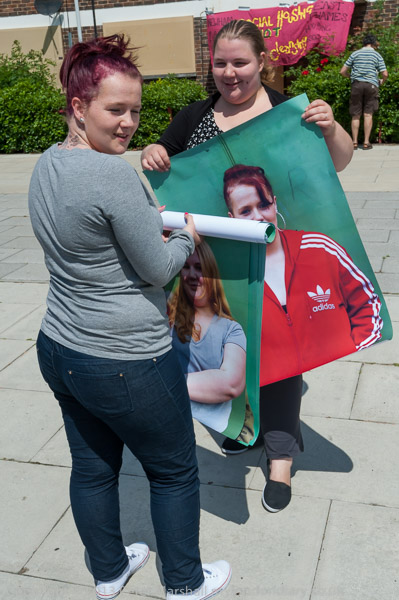
Although it was Labour who had first proposed the idea of ‘right to buy’ it was of course Thatcher who made it policy and introduced it in a way which was intended to severely reduce the amount of council housing, in particular forbidding the use of the receipts from sales to
build new council homes. Cash-starved local authorities were often unable to keep up proper maintenance of their housing stock and much was allowed to deteriorate.
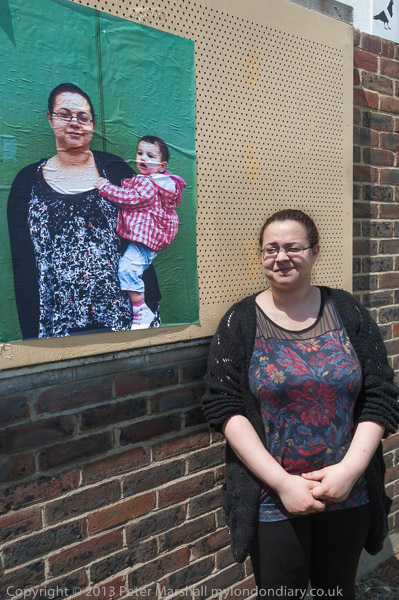
Labour under Blair and Brown continued the Tory policies, including the transfer of council run properties to housing associations, and amplified their effects with their programme of ‘regeneration’ which led to the wholesale replacement of large council estates – most still in sound condition which could have cheaply been repaired and brought up to current standards. But developers profited hugely from demolition and redevelopment for private sale and councils hoped also to cash in, though in some cases they made a significant loss, as at the Heygate in Southwark, where around 1200 council homes were demolished, the tenants and leaseholders displaced largely outside the area, and the two and a half thousand new properties built included only around 80 at social rents. Other Labour policies, including the disastrous Private Finance Initiative also worsened the housing crisis.
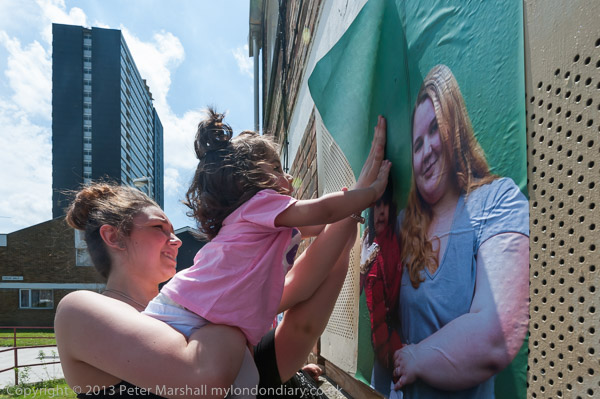
You can read very much more detail on the history of council housing on the website Municipal Dreams and in the book by the site’s author Municipal Dreams: the Rise and Fall of Council Housing published in 2019 which presents a detailed and balanced view.
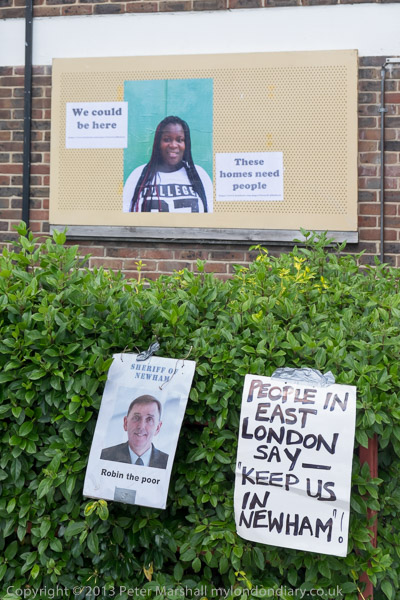
The young mothers of Focus E15 came up against the the housing crisis when their Labour Council in Newham decided they should be evicted from their hostel. Most were told they had to move into private rented properties with little or no security of tenure miles away from families, friends and facilities in the Stratford area, some in Wales or the north of England. They got together and decided to fight the council, then run by elected Mayor Robin Wales and its policy of removing the poor from the area – social cleansing.
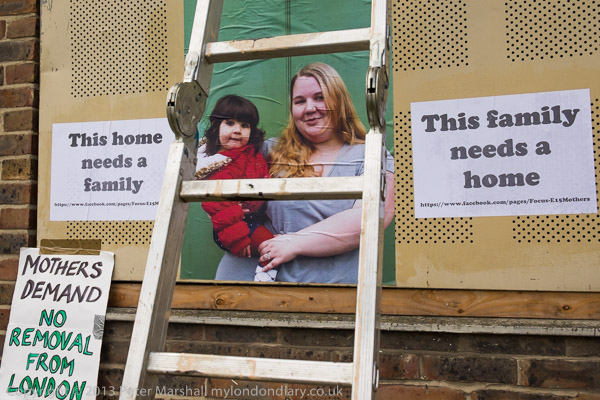
Newham is a borough with one of the worst housing problems in the country, and although there has been a huge building programme, partly around the 2012 Olympic site, this is largely student housing or private development. But one council estate close to the centre of Stratford had been largely empty for around ten years. Newham had ‘decanted’ the residents beginning in 2004 hoping to cash in on what would be a prime development site. The Carpenters Estate was a very popular estate, with low rise housing and three tower blocks overlooking the Olympic Park, a stone’s throw from the excellent transport links of Stratford Station and the town centre.
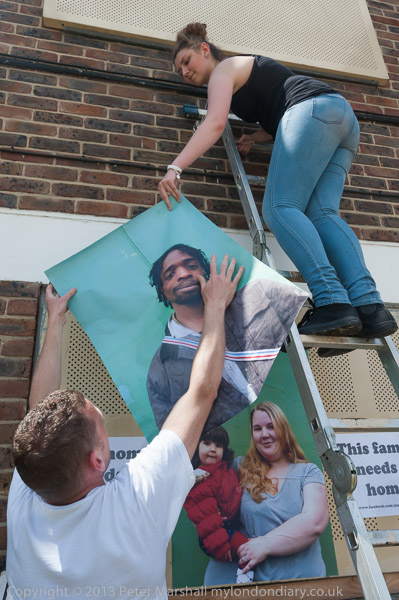
For some years Newham had hoped to sell off the area as a new campus for University College London, but local opposition and protests by students and academics at UCL led to the college abandoning the plans. In 2020 the council handed over the regeneration project its Housing Company Populo Living.
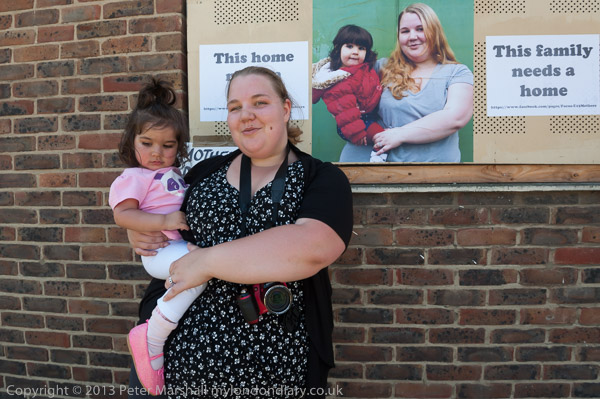
Focus E15 came to the Carpenters Estate on Monday 9th June 2014 to highlight the scandal of the empty homes, bringing with them life-size or larger colour portraits of the mothers which they pasted on the shuttered windows of a small block of flats at the centre of the estate, along with posters stating ‘We Could be Here’, ‘This home needs a family’, ‘These homes need people’, ‘You could be here’.
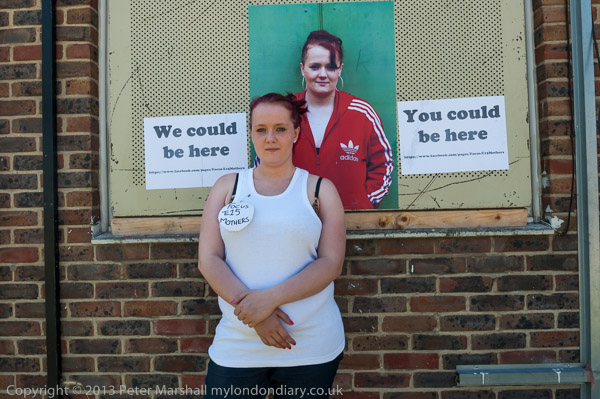
The protest gained some publicity for their campaign, which had moved on from being simply about the mothers to a much more general ‘Housing For All’ campaign, which still continues, with the group holding a weekly Saturday Morning stall on Stratford Broadway, supporting homeless families in getting proper treatment from the council and preventing evictions in the area.
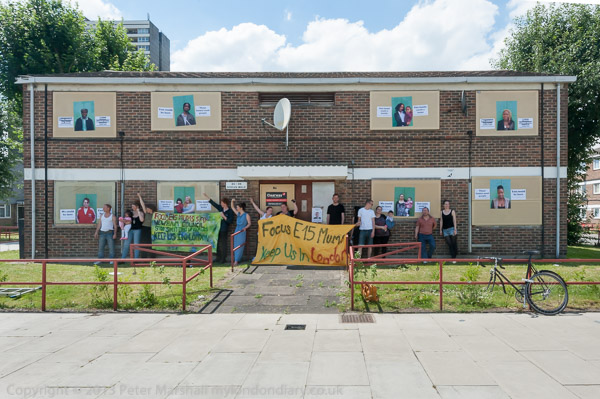
I returned with Focus E15 to the Carpenters Estate a few months later in September when on the first anniversary of the start of their campaign they occupied this low-rise block of flats on ‘Open House Day, gaining national publicity, staying in occupation for around two weeks, and have photographed various other of their events.
Focus E15 Mums Expose Carpenters Estate
